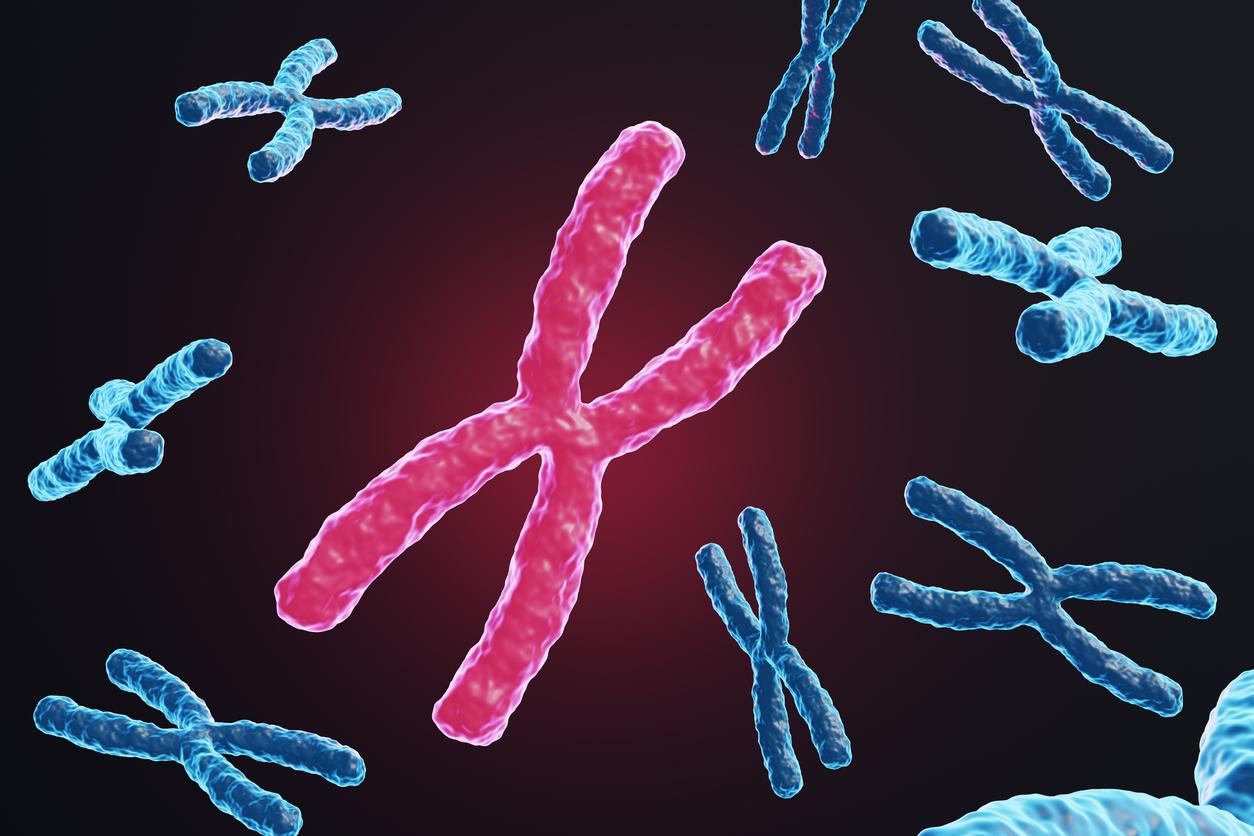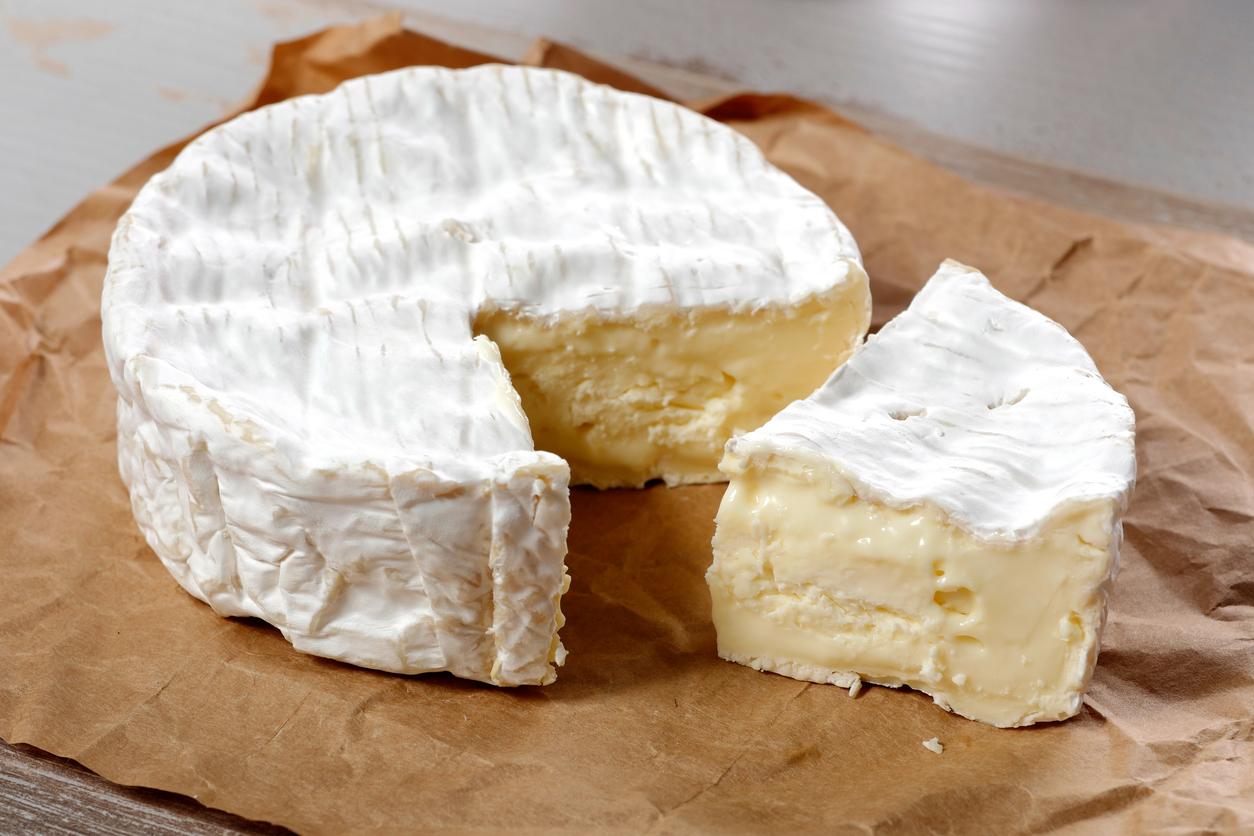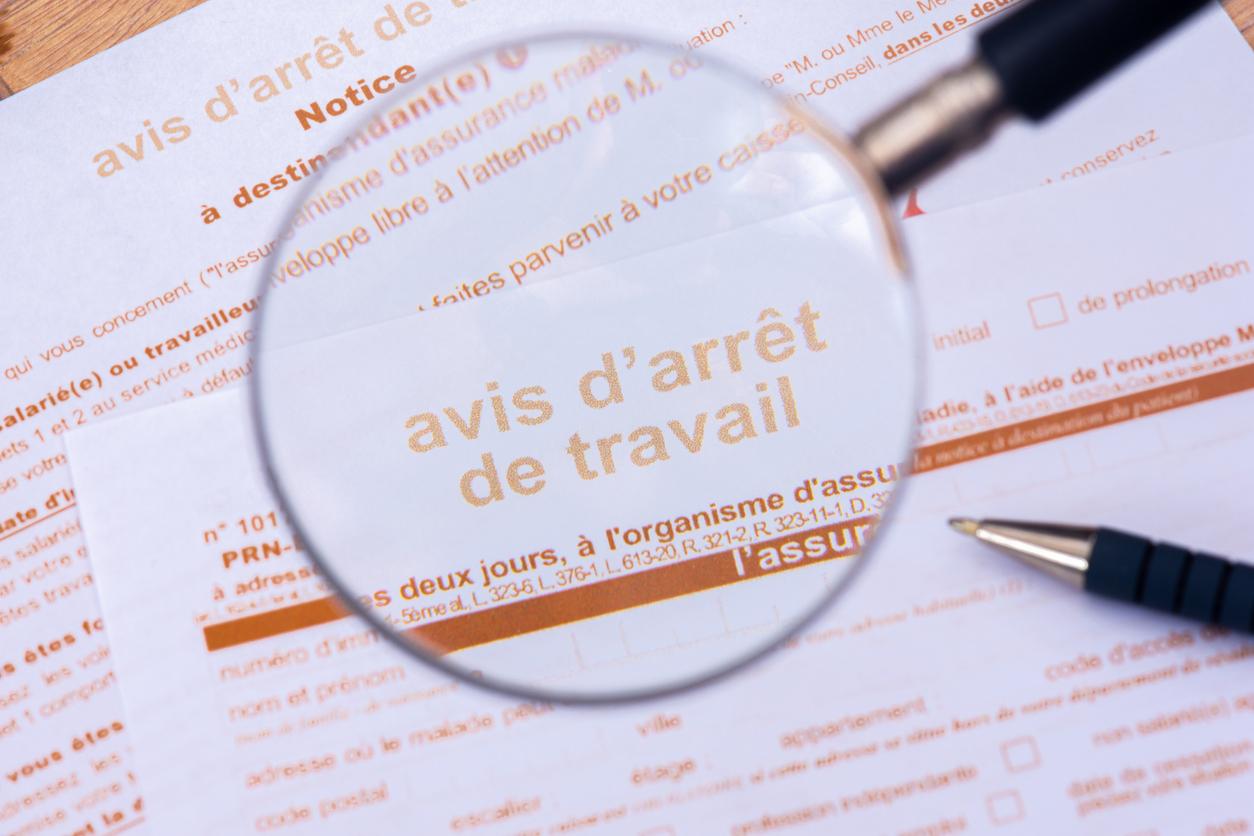Memory is not innate in some people and absent in others. It is not a question of good or bad memory, it is above all a mental strategy question. She trains, develops, works… like a muscle.
So it all depends on how you use it. And to do this, it is important to understand two concepts: the principle of association of ideas and the use of sensory links. The principle of association of ideas works in the following way: if our brain perceives two things at the same time, it will link them together and thus, remembering one will intuitively recall the other.
Regarding sensory connections, Kevin Finel takes the example oflearning spelling in children : if he tries to write a word without visualizing it, he will make a number of mistakes. Conversely, if he visualizes it, he will be able to “copy” the memory and write it down correctly. Some will even refer to the feeling generated by the word: this is the sensory approach.
To work on your memory, Kévin Finel gives the trick of memorizing numbers: it’s the first thing you learn when you start to take an interest in memory. First, associate each number with an object whose shape is similar (a ball for a zero, etc.). Memorize this association well. Next, create a mini mental palace, for example a room in your house with five objects that appear from the entrance and in a clockwise direction. Remember this circuit several times. These techniques can then be useful to you, to learn telephone numbers for example.
Explore your brain’s abilities with self-hypnosis, Kevin Finel, April 12, 2022, ed. Leduc, available for sale on FNAC.com And AMAZON.co.uk
Read also:
- Self-hypnosis: how to evacuate a negative feeling?
- Self-hypnosis: how to manage your stress?
- Self-hypnosis: how to call sleep and fall asleep more easily?
- Self-hypnosis: how to reduce pain?















